I love plants. I just moved to a new studio apartment and the fact that most of the space is taken up by my plants is slightly concerning.
Anyways, if you need an excuse to add another plant to your collection, or a reason to convince your partner to add another plant to the already crowded bedroom — here is your chance.
Did you know that there are air-purifying plants? Yes, you read that right, plants that specifically purify the air in your home.
Modern life and technology bring about a lot of benefits that our ancestors probably did not even think of having in their lives. However, the many advantages come disadvantages.
Modern Air Pollution
One of the disadvantages of our modern society is increasing air pollution. Because of continuing industrialization and the increasing demand for it – almost everything we own right now obviously came from industrialization; from cars, phones to even simple things like toothpaste – air pollution can only worsen over time. Of course, because are dependent on it, we can only look for alternative methods to hopefully lessen air pollution.
The situation above can be called outdoor air pollution. But there is another type of air pollution which we usually do not even think about; it’s called indoor air pollution.
Indoor air pollution happens because of a lack of airflow. Since our modern infrastructures are usually enclosed, the lack of airflow can contribute to the buildup of pollution. In turn, this can cause air-related health problems such as asthma or even something called “sick building syndrome.”
One of the main sources of indoor air pollution is the very items you own in your house or building. That carpet you use? The new wall paint you just had? These things, because they contain more chemicals than expected, can emit pollutants and other harmful substances which can lead to health problems.
So, what can you do? There are some things you can do – open your windows more (assuming it’s not polluted outside), walk outside, and perhaps even visit rural or countryside areas from time to time. But if you’re like me and you live in the city, one of the best “clean air hacks” is buying air purifying plants.
Why Buy Air Purifying Plants
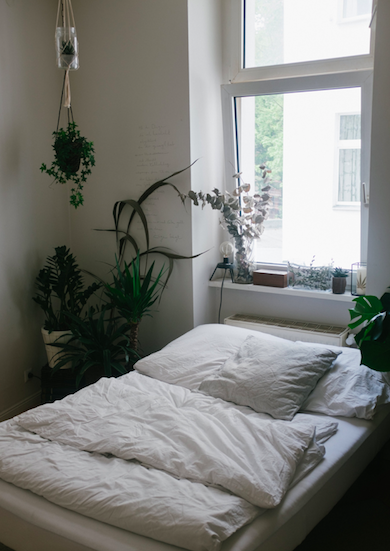
Air purifying plants are, as their name suggests, plants that can help make the air cleaner. This was discovered by NASA in 1989. They saw that houseplants have the capability to absorb harmful substances and toxins from the air, especially in places with enclosed spaces and have minimal airflow.
Aside from their air-cleansing properties, houseplants are known to bring the following effects:
- Enhance memory
- Improve concentration
- Increase productivity
- Improve one’s mood
- Help reduce your fatigue and stress
Aside from making your home or office more green, houseplants can bring these wonderful benefits to you as well. Not that you need an excuse, but next time your partner, roommate, friend, or sibling asks why you have so many plants, say its for health benefits 😉
For me, tending to my plants has always been a form of self-care. You can read more about my opinion on the importance of self-care in one of my posts titled, “Self-Care: Why Caring For Yourself, Is Caring For Others.”
NASA suggests you keep around 2-3 plants in an 8 to 10-inch pots for every 100sq ft. to bring about these benefits. It’s also great if you keep a variety of plants rather than just one or two types of plants.
Wondering where you should start? Or what air purifying plant to buy? Here are 10 of the most popular ones.
10 Air Purifying Plants for Your Home or Office
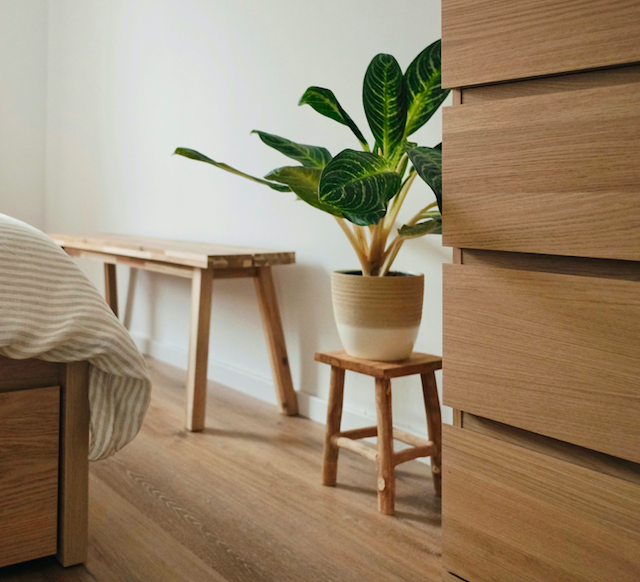
1) Drawf Date Palm
Scientific name: Phoenix Roebelenii
Drawf date palms are considered the “babies” of the palm plant family. You can relatively easily grow them by using only partial shade, but they can grow up to 6-10ft, and their fronds reaching up to 6ft as well!
Drawf date palms can cleanse off xylene and formaldehyde.
2) Aloe Vera
Scientific name: A. barbadensis or simply Aloe vera
Aside from helping you heal wounds and help you ease your sunburn, aloe vera is great for cleansing your air, too! They best grow in well-lit and warm rooms. If the toxins floating around your room is too much, you’ll notice brown spots on their leaves.
Aloe vera can mainly cleanse off formaldehyde.
3) Snake Plant (also known as “Mother-in-Law’s Tongue”)
Scientific name: Sansevieria trifasciata
Snake plants are relatively low-maintenance, so it is best you just leave them alone for most of the day. It is best you place them on bright or even direct light for a couple of hours each day, and give them minimal water – do not give them too much water as they thrive on dry conditions.
Snake plants can be your silent killer of xylene, trichloroethylene, formaldehyde and benzene.
4) Pineapple plant
Scientific name: Ananas comosus
Unlike others in this list, pineapple plant cannot fight off any toxins. However, it can improve air quality, especially during night time. According to NASA, because of this, pineapple plants can help improve your sleep quality and even end snoring.
Like the snake plant, pineapple plants can survive with little water, but be sure to take care of them during the cold and winter season as they cannot handle the cold well.
5) English Ivy
Scientific name: Hedera helix
Commonly seen on walls, English ivy has the ability to purify air. They can grow well using only small pots, but they prefer to be crowded in one place.
English ivy can remove benzene and formaldehyde.
6) Peace Lily
Scientific name: Spathiphyllum
Despite the name, peace lily are warriors when it comes to fighting off toxins! They can remove a couple more toxins compared to the usual ones in the list; these include formaldehyde, xylene, benzene, carbon monoxide, and trichloroethylene.
Peace lilies are relatively low maintenance, but be sure to water them on a weekly basis and fertilize them using a slow-release fertilizer during spring. This will promote growth for them.
7) Spider Plant
Scientific name: Chlorophytum comosum
Spider plants can be a great choice if you’re just starting out in taking care of houseplants. Place them in an area with indirect sunlight, but other than that, they can survive with almost any condition – they can even withstand cold temperatures, as cold as 2 degrees!
Spider plants can fight off xylene and formaldehyde.
8) Chrysanthemums
Scientific name: Chrysanthemum morifolium
If you want to add flowers in your plant setting, you may want to add chrysanthemums. These flowers can add decorative value to your home and, of course, it is a great air purifier to have around.
This sweet flower can fight off benzene, ammonia, xylene, and formaldehyde.
9) Arcera Palms
Scientific name: Chrysalidocarpus lutescens
If you want the big guy of air purifiers, you may want to consider arcera palms in your air purifier collection. This plant is great at eliminating toxins such as formaldehyde, carbon monoxide, benzene, xylene, and trichloroethylene.
Aside from fighting off toxins, arcera palms are also non-toxic to dogs and cats. So if you have a pet dog or cat, you may consider this plant!
10) Lady Palm
Scientific name: Rhapis excels
Last but not the least, we have the lady palm. This plant makes a great air purifier as well – removing ammonia, xylene, and formaldehyde.
Aside from regular care routine, be sure to keep them within temperatures ranging from 15-23 degrees.
Things to Consider Before Buying Air Purifying Plants
Before placing houseplants on your home or office, there are some safety considerations to first think about.
One, some plants can be toxic to your pet dogs and cat, so if you have a pet, be sure to ask your plant vendor if the plant you want to buy is non-toxic to them. You can also know which plants are toxic and non-toxic to pets here.
Lastly, consider that more plants in your room meant potential mold growth. Here are some things you can do to prevent this:
- Remove excess water on a regular basis
- Have your water drain into a tray or pan
- Use sub-irrigation planters
Here are just some of the things to consider when adding plants to your home or office. Have a cleaner indoor air with these plants!
I hope you enjoyed this post and learned everything you need to know about air-purifying plants. If you enjoyed this post, check out “Easy Sustainable Cleaning Swaps, And Why I Avoid Mainstream Cleaning Products.”
As always, reach out with any questions or comments, about sea moss benefits you can send me an email here or shoot me a DM on Instagram.
xx Linds
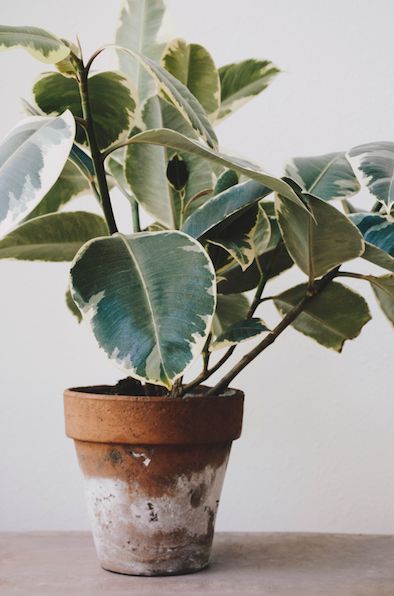



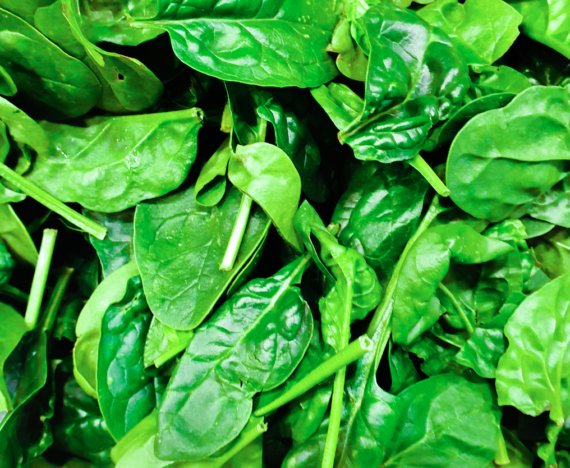
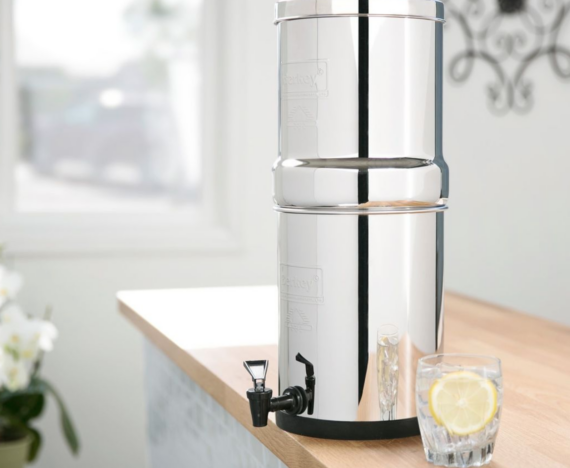
Comments are closed.